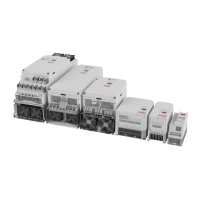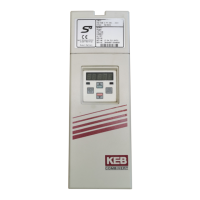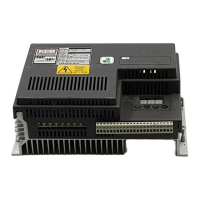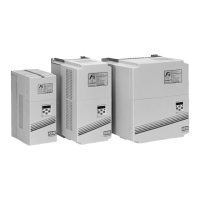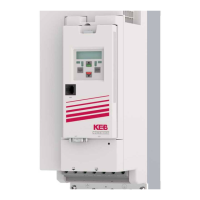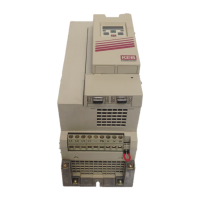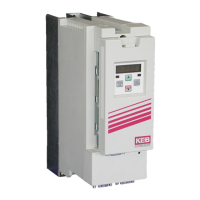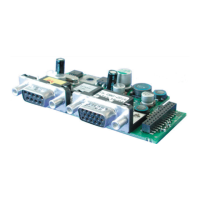10
Basics of the CAN BUS
2. Basics of the CAN BUS
Here we like to introduce the system of the CAN (Controller-Area-Network) BUS and also
explainsometermsthatarefrequentlyusedinthefollowing.
The CAN is a multi master system, i.e. each user has access to the BUS and can send tel-
egrams. In order to avoid invalid conditions during simultaneous access of two users, the
CAN-BUS knows a so-called arbitration phase, which denes the telegram beginning. In
caseofaccessconictsallusersrecognizeduringthisarbitration,whosendsthelowest
telegramnumber(identier).Thenthisusercancontinuetosendhistelegramcompletely,
without having to start from the beginning again. Now all other (willing-to-send) users pass
overintothereceivingstatusandaborttheirtelegramforthetimebeing.Thusitisspecied
that lower telegram numbers automatically have priority over higher numbers. The number of
telegramnumbersislimitedto2032identier(0...2031)atCANversion2.0A.CANtelegrams
cancontainamaximumof8byteuserdata.
The term logical CAN master used in the following, refers to the CAN user, who is responsible
for the control of the entire CAN system. Even if there are physically only masters at CAN, in
mostapplicationstherewillbeoneorseveraluserswhoexercisecontrol.Inthiscombination
the KEB frequency inverter is considered as recipient of orders (logical slave).
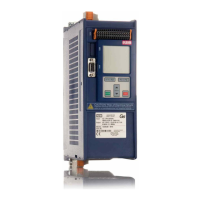
